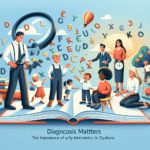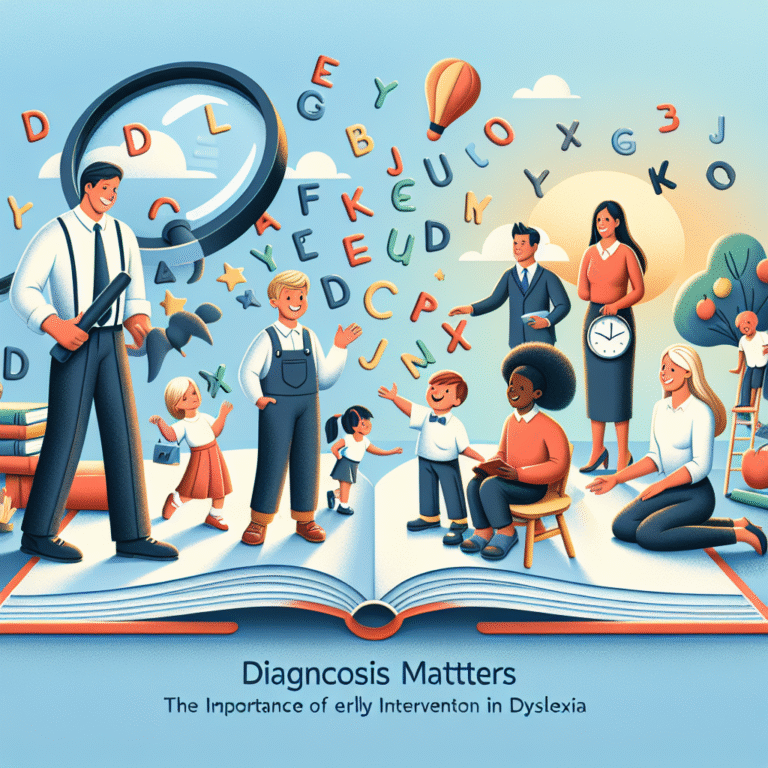
Introduction
In today’s rapidly changing business landscape, having the right talent isn’t just beneficial; it’s essential. Organizations that invest in thorough talent evaluation and development significantly outperform those that don’t. Let’s face it; the workforce landscape has evolved dramatically, and with it, the need for a structured approach to Competency Evaluation: A Roadmap for Talent Identification and Development. This article not only explores the intricacies of competency evaluations but also presents actionable strategies for harnessing this powerful tool to cultivate the talent your organization needs to thrive.
Understanding Competency Evaluation
What is Competency Evaluation?
Competency evaluation is a systematic assessment methodology designed to identify and measure the skills, knowledge, and attributes required to excel in specific roles. This process serves as a compass, guiding organizations in pinpointing the capabilities that align best with their goals.
Why is Competency Evaluation Important?
- Alignment with Organizational Goals: Ensures that employee capabilities directly support the organization’s mission and objectives.
- Targeted Development: Identifies gaps in skills and provides a framework for tailored professional development.
- Enhanced Recruitment: Attracts candidates whose competencies resonate with the organization’s culture and mission.
- Increased Employee Engagement: Employees are more motivated when their skills are recognized and developed.
Key Components of Competency Evaluation
- Skills Assessment: Evaluation of both hard and soft skills.
- Behavioral Indicators: Observations that show how competencies manifest in real-world scenarios.
- Performance Outcomes: Results achieved from applying specific competencies.
The Roadmap: Steps for Effective Competency Evaluation
Step 1: Define Competencies
Begin by developing a clear list of competencies relevant to your organization. This should reflect both the current state and future needs of the business. An example of a competencies framework can include:
| Competency | Description |
|---|---|
| Communication | Ability to convey information clearly and effectively. |
| Teamwork | Skill in collaborating with others to achieve common goals. |
| Problem-Solving | Aptitude for identifying solutions to challenges in a timely manner. |
| Adaptability | Flexibility in the face of change or uncertainty. |
Step 2: Conduct Initial Assessments
Deploy various tools for evaluating existing competencies. This can include self-assessments, peer evaluations, and manager reviews. For example, a 360-degree feedback process allows multiple perspectives, providing a comprehensive view of an employee’s competencies.
Case Study: The 360-Degree Feedback at TechCorp
At TechCorp, management implemented a 360-degree feedback system to enhance their Competency Evaluation: A Roadmap for Talent Identification and Development. The result? Employee satisfaction rose by 35%, and turnover decreased by 20%. Employees felt more engaged and motivated as they received constructive feedback from various angles.
Step 3: Identify Gaps and Opportunities
Utilize the assessment results to create a competency gap analysis, helping to identify areas for improvement. This can guide training initiatives tailored to elevate specific skill sets.
Step 4: Develop Targeted Training Programs
Based on the identified gaps, design training programs focused on enhancing competencies. Use various modes of training, such as:
- Workshops: Provide hands-on experience in developing skills.
- E-learning Modules: Offer flexibility and scalability in training delivery.
- Mentorship Programs: Pair less experienced employees with seasoned mentors.
Case Study: Training at HealthCure Inc.
HealthCure Inc. identified a lack of communication skills among their management team. By implementing a tailored communication training program, they observed a 50% improvement in team collaboration metrics, showcasing the effectiveness of targeted growth through Competency Evaluation: A Roadmap for Talent Identification and Development.
Step 5: Evaluate and Refine
Competency evaluation should not be a one-time exercise. Regularly assess the development programs and the competency framework to ensure they evolve with changing organizational needs. Gather feedback from participants and adjust programs accordingly.
Example Table: Development Program Metrics
| Training Program | Pre-Assessment Score | Post-Assessment Score | Improvement (%) |
|---|---|---|---|
| Communication Skills | 60 | 80 | 33% |
| Leadership Training | 55 | 75 | 36% |
Best Practices for Implementing Competency Evaluation
1. Foster a Culture of Continuous Learning
Encourage a culture that values ongoing development. Recognize and incentivize continuous skill enhancement.
2. Involve Employees in the Process
Engage employees in the competency evaluation process to increase buy-in and effectiveness. This also fosters a sense of ownership over their professional development.
3. Use Technology Wisely
Leverage technology such as Learning Management Systems (LMS) and performance management software to streamline the evaluation and tracking process.
4. Incorporate Soft Skills Assessment
Don’t overlook the importance of soft skills. They are often critical for teamwork and leadership roles.
Conclusion
Competency Evaluation: A Roadmap for Talent Identification and Development is not merely a process; it’s a powerful framework that can transform your organization. By implementing a structured competency evaluation, you enhance your ability to recognize, nurture, and develop top talent—building a resilient workforce equipped to handle whatever challenges arise. As you embark on this journey, remember that every step taken towards better evaluation brings your organization closer to excellence. So, commit to this roadmap today, and watch as your talent flourishes.
FAQs
1. What is competency evaluation?
Competency evaluation is an assessment of the skills and attributes required for specific roles within an organization, aimed at identifying strengths and areas for development.
2. How can competency evaluation benefit my organization?
It aligns employee capabilities with organizational goals, enhances recruitment, and supports targeted development, leading to better overall performance.
3. What tools can be used for competency evaluation?
Common tools include self-assessments, peer reviews, managerial assessments, and 360-degree feedback systems.
4. How often should competency evaluations be conducted?
Competency evaluations should be conducted regularly, ideally annually or bi-annually, to stay aligned with changing organizational needs.
5. Can competency evaluations help with employee retention?
Absolutely! By identifying and addressing skill gaps that employees wish to develop, organizations can enhance job satisfaction, leading to lower turnover rates.
By following the framework provided in this article, you can turn Competency Evaluation: A Roadmap for Talent Identification and Development into a definitive advantage for your organization. Your commitment to fostering talent will pave the way for innovation and growth, ensuring your organization remains competitive in a fiercely evolving market.

















